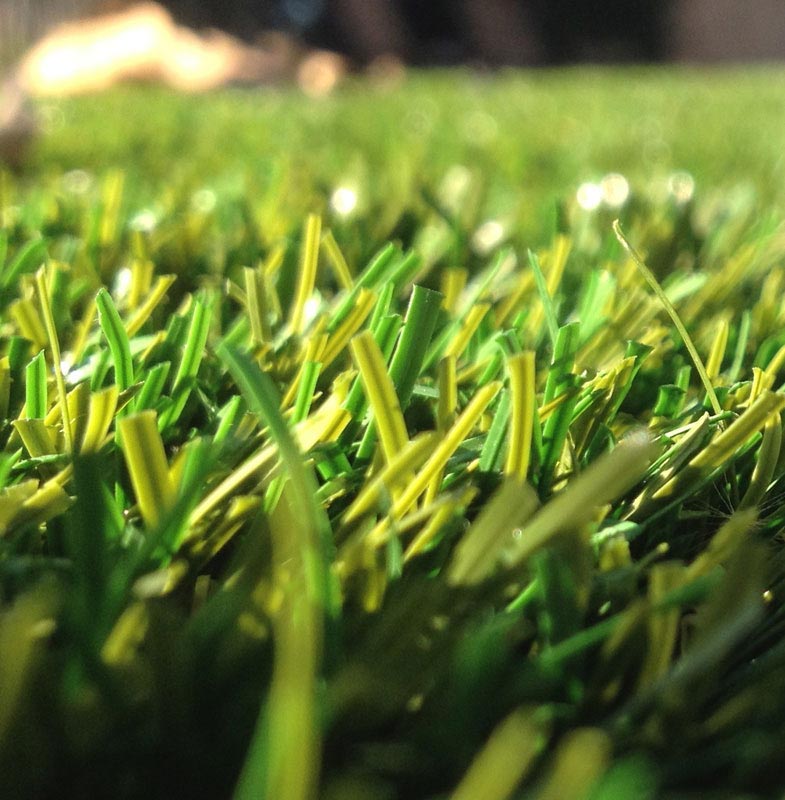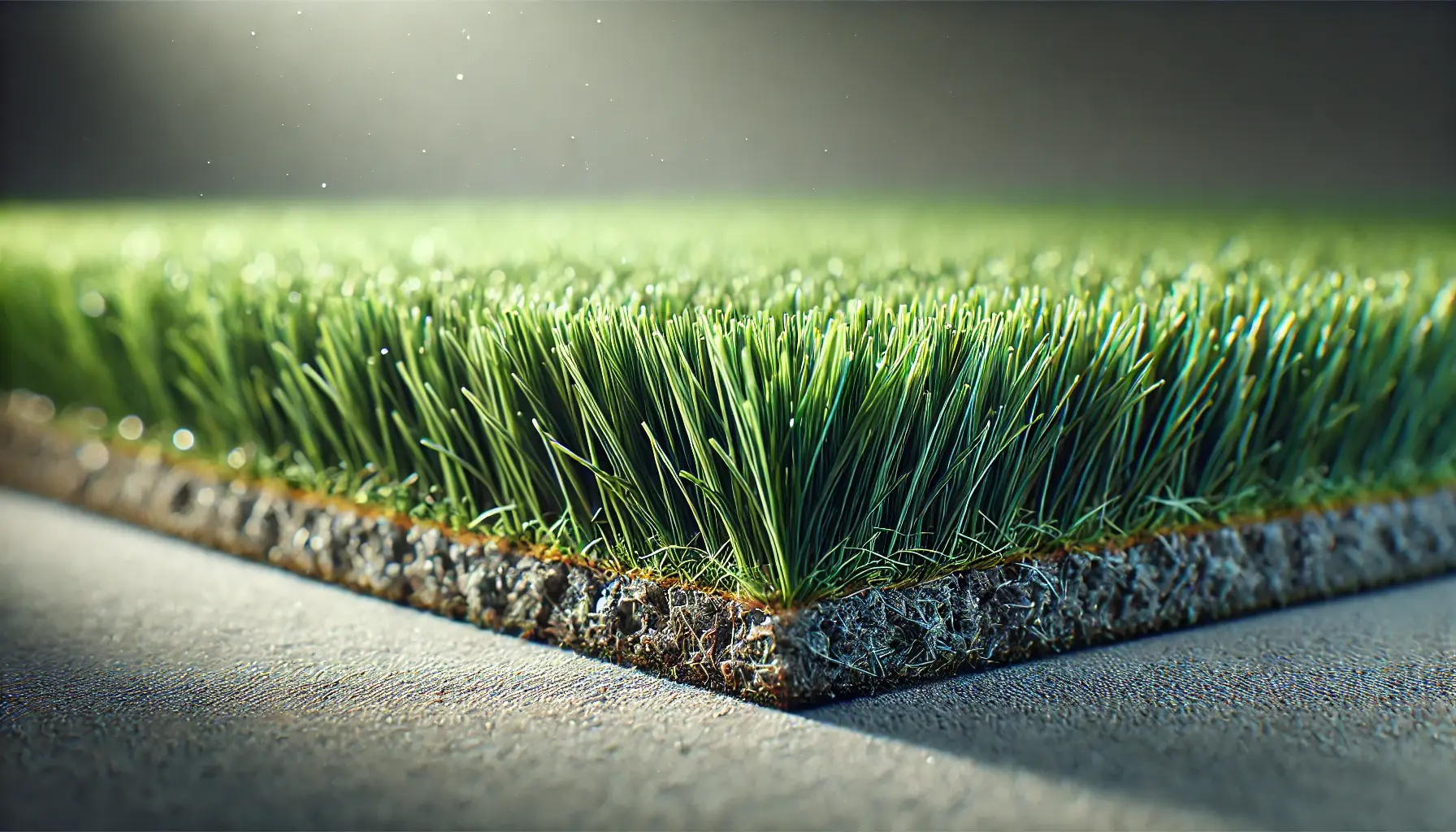Look Into the Environmental Conveniences of Opting for Synthetic Grass Solutions
The fostering of synthetic lawn options provides an engaging chance to address pushing ecological challenges. By substantially decreasing water use and decreasing the application of unsafe chemicals, these alternatives not only promote lasting landscape design yet also protect regional ecosystems.
Water Conservation Advantages
One of the most significant benefits of synthetic grass is its capability to preserve water. In comparison, fabricated grass does not need watering, substantially reducing the general need for water resources.
By removing the need for normal watering, fabricated grass adds to lasting landscape practices and assists minimize the environmental effect of too much water intake. The conservation of water prolongs to the reduction of runoff, which can lead to soil erosion and river air pollution.
Additionally, the setup of synthetic grass enables house owners and districts to allocate water resources much more effectively, focusing on crucial uses such as alcohol consumption water and farming. The shift towards synthetic lawn not only advertises accountable water use however likewise straightens with wider environmental goals focused on preserving all-natural sources.
As areas progressively prioritize sustainability, the water preservation advantages of fabricated lawn offer a compelling situation for its fostering in commercial and domestic landscape design projects.
Decreased Chemical Use
The change to synthetic grass considerably reduces the reliance on chemical treatments typically used in natural grass maintenance. Traditional lawn administration usually involves the application of herbicides, plant foods, and pesticides to promote growth and control bugs. These chemicals can posture dangers to human health, local wildlife, and the environment, adding to soil and water contamination.
In comparison, synthetic grass eliminates the demand for these damaging substances. When mounted, it needs marginal upkeep, mostly consisting of normal cleaning and seldom infill replenishment. This reduction in chemical use not only profits the prompt setting however also adds to broader eco-friendly stability. By reducing the release of synthetic substances into the community, synthetic grass advertises healthier soil and water supply.
In addition, the lack of chemical overflow related to synthetic grass setups assists protect local rivers from air pollution, supporting aquatic life and maintaining biodiversity. Artificial turf companies phoenix. As areas significantly focus on lasting methods, selecting synthetic grass presents a viable remedy that straightens with ecological conservation goals. Through this change, building proprietors can enjoy lavish green rooms without endangering environmental health, leading the way for a more lasting future
Lower Carbon Impact

Moreover, the installment of synthetic grass can cause substantial water conservation. All-natural yards call for significant quantities of water for watering, which not just contributes to the carbon footprint connected with water removal and treatment but additionally stress local water sources. In contrast, synthetic grass requires minimal upkeep, calling for no watering, thus substantially decreasing water use and its connected power costs.
In addition, the durability of synthetic grass adds to its decreased carbon influence. With a life-span of up to 15 years or more, the need for regular substitutes is reduced, causing much less waste and lower power consumption in manufacturing and taking care of typical grass alternatives. In general, synthetic grass presents a lasting choice for eco conscious landscape design.
Environment Conservation
Habitat conservation is an essential consideration in the argument over landscaping selections, especially when comparing artificial turf to all-natural turf. Natural lawn lawns typically require extensive upkeep, consisting of using herbicides, fertilizers, and pesticides, which can adversely affect neighborhood environments. These chemicals can seep right into the soil and waterways, hurting indigenous flora and fauna and interrupting local habitats.
Fabricated turf eliminates the requirement for damaging chemicals, consequently protecting close-by wild animals and keeping the honesty of surrounding ecological communities. The installation of artificial grass can lead to the conversion of previous turf locations right into more biodiverse landscapes, such as pollinator gardens or native plant areas, which can support neighborhood wild animals.
Ultimately, the change to synthetic grass not just saves water and decreases upkeep initiatives however additionally cultivates a much more harmonious relationship between human activities and the natural surroundings, advertising environment conservation while doing so.
Long-Term Sustainability
Lasting sustainability is a critical consider reviewing the benefits of artificial turf over conventional turf lawns. One of one of the most significant advantages of artificial grass is its resilience; it can last up to 15-20 years with marginal upkeep, whereas all-natural turf requires frequent reseeding and replacement. This durability minimizes the requirement for constant resources, such as water, fertilizers, and chemicals, which are important for keeping a healthy yard lawn.
Additionally, man-made grass adds to a decrease in carbon emissions related to grass care tools. Conventional yards typically need gas-powered lawn mowers, leaners, and blowers, every one of which add to air contamination. Arizona artificial turf. In comparison, artificial lawn click now removes the requirement for such devices, advertising a cleaner atmosphere
Moreover, the manufacturing of synthetic turf significantly utilizes recycled products, boosting its sustainability account. As makers adopt environmentally friendly techniques, the environmental footprint of fabricated lawn remains to reduce.

Verdict
The fostering of synthetic grass solutions offers substantial environmental advantages, including substantial water conservation, reduced dependence on harmful chemicals, and a lower carbon impact. Furthermore, synthetic grass aids in preserving natural environments by minimizing land disturbance and advertising lasting sustainability with the use of durable products. Collectively, these factors emphasize the capacity of synthetic grass to contribute favorably to environmental health and wellness and use a sensible choice to traditional landscaping practices in a progressively resource-conscious globe.
In comparison, artificial turf does not need watering, substantially decreasing the general need for water sources. By lessening the launch of synthetic compounds right into the ecological community, fabricated lawn advertises healthier dirt and water systems.
Additionally, the installment of fabricated turf can result in substantial water preservation. In comparison, artificial grass needs very little upkeep, calling for no watering, thus significantly lowering water use and its linked energy costs.
